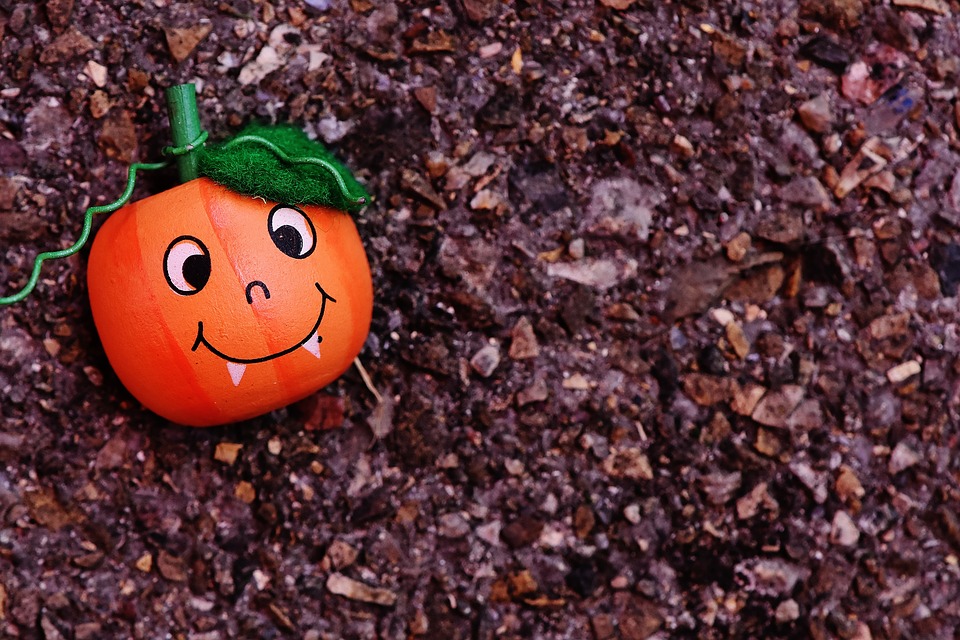Halloween, otherwise known as All Hallows’ Eve, has a long and perhaps confusing history to most people. Many look at the holiday as just a fun, secular time for kids to dress up in fun costumes and go trick-or-treating, though it’s likely that the trick-or-treating is chiefly an American practise, stemming from, ironically enough, a medieval English activity called ‘going a-souling.’
But we’re getting ahead of ourselves here.
Halloween’s Roots In Paganism
Thanks to the gradual revival of interest in the ancient spiritual practises of the pre-Christian pagans, as well as thanks to the Internet and many, many learned scholars of Celtic history, we are finally coming to know the truth about Halloween’s pre-Christian origins. Granted, many fundamentalist Christian types still seek to spread ignorance and fear about this time of year, but thankfully, their hold over much of the Western population has significantly waned.
Halloween is most commonly linked to the pre-Christian Celtic festival of Samhain (Sow-WIN). This was celebrated chiefly by the Celts of Ireland, Scotland, the Isle of Man, Wales, and Northwestern France (Brittany), though the Brythonic Celts of Wales and Brittany had different names for the festival. That said, despite the different names, the meaning and intention of the festival is basically the same.
There are many misconceptions about the actual celebration activities, as well as confusion about celebration dates. Let’s take care of the dates first.
The actual day of Samhain falls on November first, which is why the word ‘Samhain’ is associated with that month: the name Samhain is the Irish-Gaelic word for ‘November.’ However, and this is important to note, the Celts used a lunar calendar, so their celebrations of Samhain started the day or night before, on October 31st. Of course, that is an approximation, based on our overlay of the Gregorian calendar onto the pre-Christian Celtic system of festivals. But they more or less line up, give or take.
The actual celebration activities revolved primarily around the following:
- Sacrificing animals and crops to the gods in a big bonfire, giving the gods their share of the people’s livestock and harvest. These fires, considered sacred, were also a symbol of cleansing the old to make way for the new.
- Costumes were worn whilst dancing around these bonfires, and these dances either acted out the stories of the cycles of life and death, or honoured the cycle of the Wheel of Life, of which Samhain is a part.
- These costumes also played additional roles. The first was to honour the dead who were released from the Otherworld on Samhain eve (Oct. 31st), owing to the fact that the veil between this world and the next is thinnest on this night (the other night is Beltane Eve). But because the veil is thin, it was believed that not all souls traversing between the planes were good or kind. Some might have been souls coming back to ‘haunt’ those who they believed had done them ill turns, and so might destroy crops or bring other misfortune. The costumes served their second purpose: to mislead and confuse the evil spirits and keep them from playing their tricks. The third role of the costumes was simply to honour the gods and goddesses who had aided the people during the previous year, and to ask them for further favour.
- Divinations (aka ‘fortune-telling’) were also performed for various reasons at this time, thanks to the veil being thin. It was easier for the shamans and Druid priests to communicate with spirits that were hanging about in this realm at this time of year, and thus provide insight to particular individuals for the coming year.
Halloween’s Actual Beginnings in Christianity
While Halloween has its roots in Samhain, the word ‘Halloween’ is technically Christian, because Pope Boniface was the one to create ‘All Hallows’ Eve,’ or ‘All Souls’ Night,’ which was followed by All Saints’ Day on November 1st. This was an obvious attempt by the church to convert pagans to Christianity: keep the dates, but change the names and the practises.
Which brings us to the concept of ‘trick-or-treating,’ a more-or-less modern concept and it might be considered uniquely American tradition, thanks to the blending of practises from various people arriving on American shores.
The earliest possible roots of the tradition, however go back to what we introduced in the first paragraph in the beginning of this article: the practise of ‘going a-souling,’ in which the poor folk would go door to door asking for ‘soul cakes’ and when they received them, they would offer to pray for the deceased relatives of the ones giving the cakes. This practise was encouraged as a way to turn people away from the pagan practise of leaving wine and food out for roaming souls. The practise of ‘going a-souling’ was later taken up solely by children, who would also go door to door, and be given food, ale or money.
The tie-in of trick-or-treating in costumes comes from the old Celtic tradition of dressing in costumes and dancing around the bonfire, as well as confusing evil and mischievous spirits. This tie-in was, again, borne of the blending of various traditions as immigrants made their way to the New World over the course of time, particularly from the Irish immigrants who were escaping the potato famine of 1846.
There is a lot more to the history of Halloween, but what’s written here is the basic framework of the traditions we know and love today.
Enjoy Halloween at Brazilian Gourmet! We’ve prepared an amazing decoration for you to enjoy the day!




